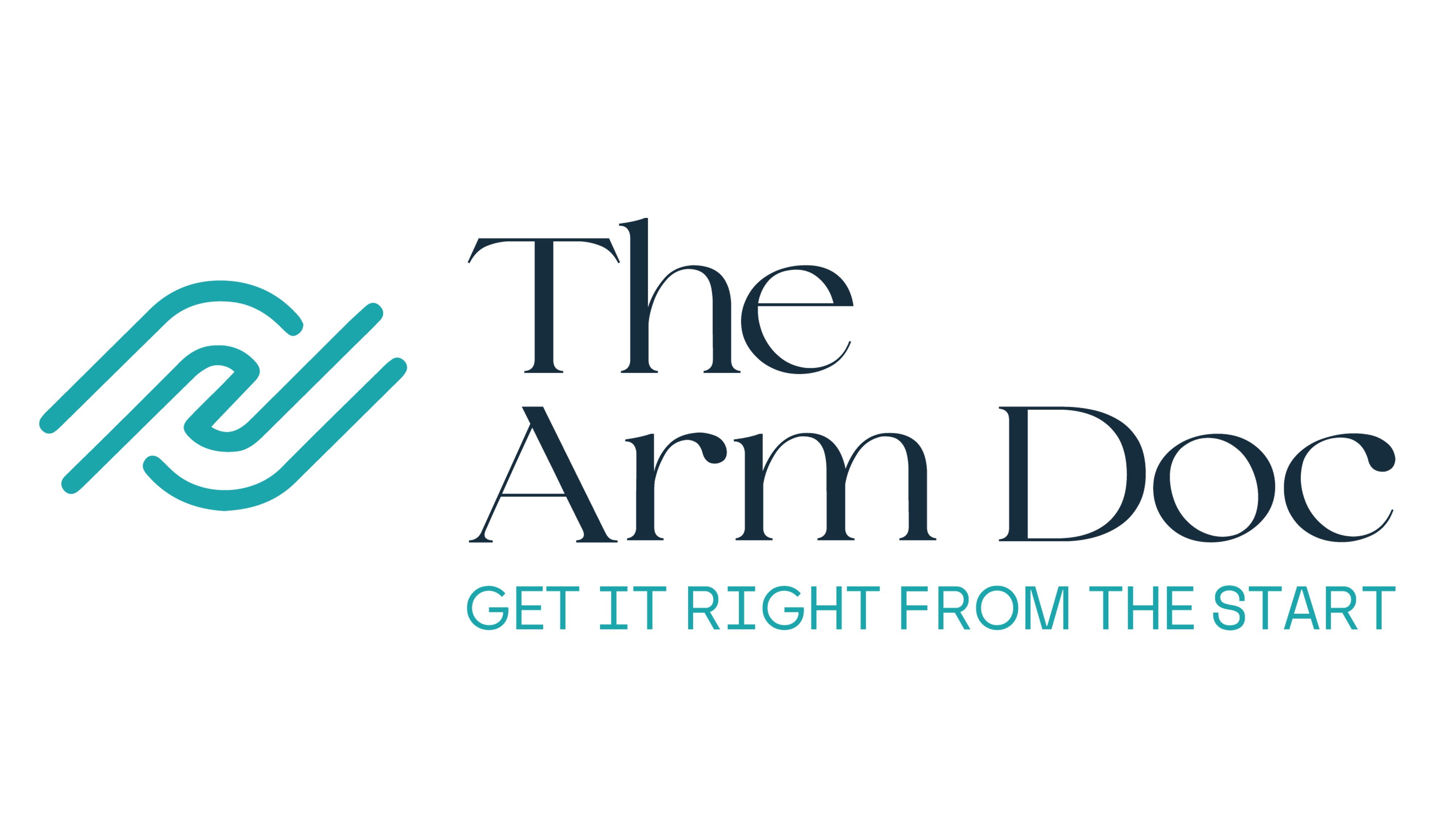Shoulder
TheArmDoc
Discover treatment options for Shoulder injuries and conditions. comprehensive care and information to help you live a pain-free, active life.

Acromioclavicular Joint Injuries
What is shoulder separation? A shoulder separation is not truly an injury to the shoulder joint. The injury involves the…
Biceps Tendon Injuries at the Shoulder
Biceps Tendon Injuries at the Shoulder The biceps muscle has two tendons that attach it to the bones of the…
Calcific Tendonitis
Calcific Tendonitis Calcific tendonitis refers to a build-up of calcium in the rotator cuff (calcific deposit). When calcium builds up…
Clavicle Fracture
Clavicle fracture (Fracture of the collarbone) A clavicle fracture is a break in the collarbone, one of the main bones…
Cracking sounds in the shoulder joint
Cracking sounds in the shoulder joint Decoding Joint Sounds Noises emanating from the shoulder joints, such as popping, cracking, or…
Exercises for Shoulder Pain
Exercises for Shoulder Pain Introduction Your shoulder should start to feel better within 6 to 12 weeks if you do…
Fracture of the Proximal Humerus (Shoulder Injury)
Fracture of the Proximal Humerus (Shoulder Injury) Basic Anatomy The shoulder comprises three bones: the clavicle (collarbone), the scapula (shoulder…
Fractured Humerus
Fractured Humerus What is it? The humerus is the longest bone in the arm. It is articulated with the scapula…
Frozen Shoulder
Frozen Shoulder What is a frozen shoulder? The shoulder joint is a ball and socket joint and the joint is…
Innovative Tendon Transfer Solutions for Irreparable Rotator Cuff Tears
Innovative Tendon Transfer Solutions for Irreparable Rotator Cuff Tears Introduction: Welcome to our online platform, the arm doc, where we…
Multidirectional Shoulder Instability (MDI)
Multidirectional Shoulder Instability (MDI) Abnormal amount of excursion of the humeral head on the glenoid in all directions. MDI peaks…
Pectoralis Major Rupture
Pectoralis Major Rupture What is Pectoralis Major Rupture? The pectoralis major muscle is the large muscle in front of the…
Rotator Cuff Tears
Rotator cuff tears A rotator cuff tear is a common cause of pain and disability among adults. Each year, almost…
Shoulder Arthritis
Shoulder Arthritis Normal Shoulder In the normal shoulder (glenohumeral joint), motion occurs across smooth surfaces lined with cartilage. As seen…
Shoulder Arthritis non operative treatment
Shoulder Arthritis non operative treatment Introduction Shoulder arthritis is a common condition that affects the glenohumeral joint, the primary joint…
Shoulder Arthroscopy
Shoulder Arthroscopy What is shoulder arthroscopy? Shoulder arthroscopy is a minimally-invasive technique that allows access to and treatment of many…
Shoulder Impingement
One of the most common physical complaints is shoulder pain. Your shoulder is made up of several joints combined with…
Shoulder Injuries in Athletes
Shoulder Injuries in Athletes What are these injuries? Overhead throwing places extremely high stresses on the shoulder, specifically to the…
Shoulder Instability
Shoulder Instability What is shoulder instability? Shoulder instability is a common shoulder problem, and regularly seen by therapists, surgeons, sports…
Shoulder Joint Replacement
Shoulder Joint Replacement If nonsurgical treatments like medications and activity changes are no longer helpful for relieving pain, you may…
Shoulder Surgery
Shoulder Surgery What is Shoulder Surgery? Shoulder surgery treats injured shoulders by repairing the muscles, connective tissue, or damaged joints…
Shoulder Trauma
Fractures and Dislocations
Shoulder Trauma (Fractures and Dislocations)
Shoulder Trauma (Fractures and Dislocations) Trauma to the shoulder is common. Injuries range from a separated shoulder resulting from a fall onto…
SLAP Tears
SLAP Tears A SLAP tear is an injury to the labrum of the shoulder, which is the ring of cartilage…
Sternoclaviular Joint Problems
Sternoclaviular Joint Problems The sternoclavicular (SC) joint is one of the four joints that complete the shoulder. The joint is…
The Brighton Score
The Beighton score is a popular screening technique for hypermobility. This is a nine-point scale requiring 5 manoeuvres, four passive…
Thoracic Outlet Syndrome
Thoracic Outlet Syndrome Thoracic outlet syndrome is a term used for several rare and different conditions that can occur when…
Tips and ways to live with shoulder sling
Tips and ways to live with shoulder sling If you find yourself needing to wear a sling for 3 to…
Understanding and Managing SLAP Lesions
Understanding and Managing SLAP Lesions The shoulder, a ball-and-socket joint known anatomically as the gleno-humeral joint, involves two key bony…
What is the shoulder?
What is the Shoulder? The shoulder is the part that serves as the link between the arm and the body.…
Winging Scapula
Abnormalities of the Blade The scapula, or shoulder blade, is a large triangular-shaped bone that lies in the upper back.…

